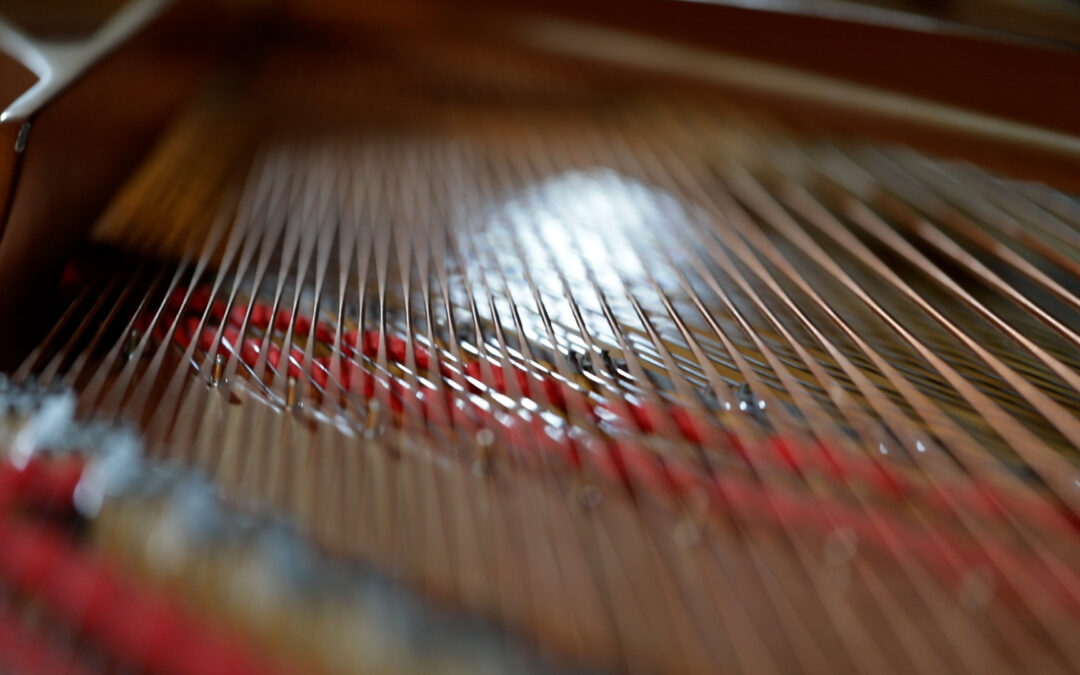How much do you know about Für Elise?
Full article: https://www.piano-composer-teacher-london.co.uk/post/fur-elise
We all heard this piece at some point in our lives, even in the answering machine of a company. And for piano students, this piece is by far the most requested, especially for piano beginners that they believe that because of its catchy tune, it is easy to play; piano teachers know very well that this is not the case. This piece hides its mastery behind the veil of its mellifluous melodic lines, but much more is still to be learned when we talk about Für Elise.
As said before, we listened to this piece maybe a hundred times, but do we really know all about it?
The first approach when we want to know something about a musical piece is in the form. We talk about the form in music when we want to frame what is happening, where one section ends, when another repeats, when do we transition from one part to another.
There are “fixed forms” in music; That is to say, forms that proved that work could speak about certain “formulaic forms“. One of the most common fixed forms is the rondo form, which is expressed in this piece.
For a piece to fit in this form, we need a theme. Moreover, we need a recognizable theme, which in this particular piece is made to perfection.
Why it has to be catchy? Because it is the only fragment that will be repeated the most through the piece. In the case of Fur Elise, the theme is repeated 16 times!
The rest of the sections are somewhat contrasting, bringing a feeling of going apart from the theme but always coming back to it, fulfilling the purpose of the rondo, which is cyclical; hence, the word comes from the word “round” in the French language.

